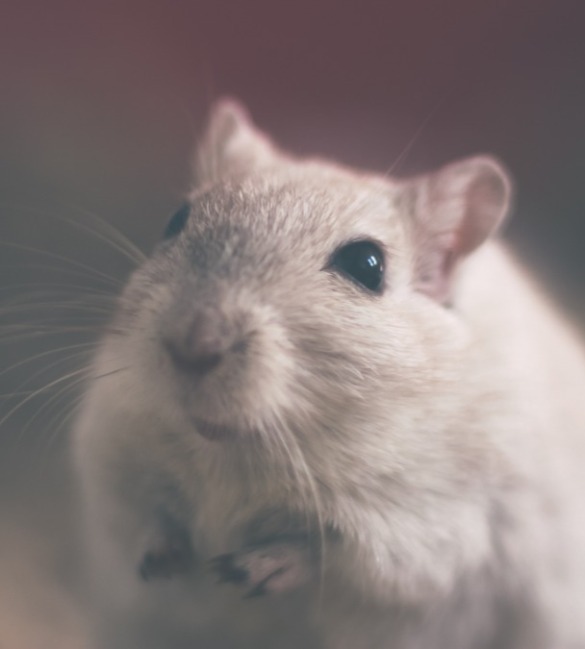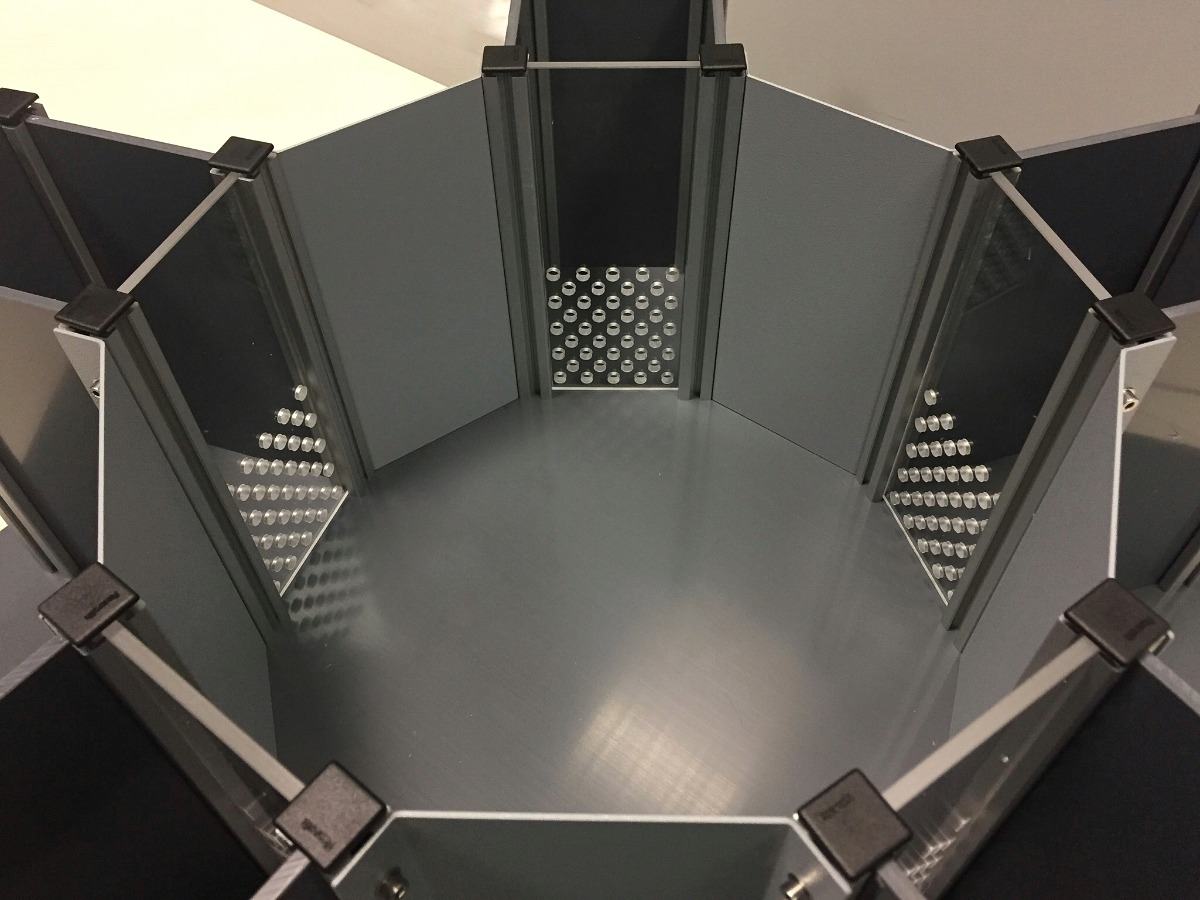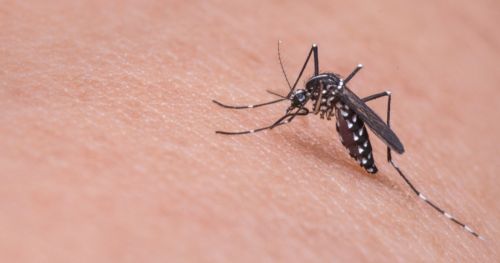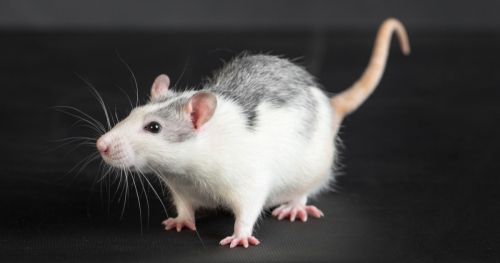Social testing in the
Agora maze
The Agora maze is a new sociability test, also known as the Sociobox method. This test was developed by D. Krueger-Burg and colleagues at the Max Planck Institute of Experimental Medicine Göttingen, Germany in 2016.
The goal of the test is to measure how readily the subject identifies an unfamiliar mouse amongst the acquainted mice.

Agora maze principle
This maze has a large open central arena and is surrounded by 5 cubicles, in which the subject can be confronted with 5 stimulus mice. The goal of the test is to measure how readily the subject identifies an unfamiliar mouse amongst the acquainted mice. So the Agora maze diagnoses social recognition deficits, and therefor is helpful in research on psychiatric disorders such as autism and schizophrenia.


Maze development
Ugo Basile developed this maze in collaboration with the University of Aberdeen, where it was used to investigate smell related behaviors and loss of sense of smell (anosmia) in the context of Parkinson’s disease.

"What I love about Noldus Information Technology is the personal attention and service. I am not dealing with a website or a call center in a remote country but with people whom I know by name, and who provide advice and on-site support during periodic visits."
Prof. Dr. D. Pollak|Medical University of Vienna, Austria
Agora maze specifications
The Agora maze consists of a 50x50cm grey base with 5 cubicles dimensioned 13x11.5cm, with 25cm height. Each cubicle is divided from the central square with detachable clear sliders. Holes in the clear panels permit odor-exchange. The maze is also designed for video tracking, allowing for automatized experiments.
References
Krueger-Burg, D.; Winkler, D.; Mitkovski, M.; Daher, F.; Ronnenberg, A.; Schlüter, O.M.; Dere, E.; Ehrenreich, H. (2016). The Sociobox: a novel paradigm to assess complex social recognition in male mice. Frontiers in Behavioral Neuroscience, 10, 151.
Relevant blogs

Smelly feet and heat – how malaria mosquitoes find their hosts
It seems that mosquitoes use human body odor to locate suitable hosts, and different people smell differently to mosquitoes.
How Automatic Rat Behavior Recognition was developed
If you are familiar with neurobehavioral research in any way, you will know that variables like velocity and distance moved are important parameters in a lot of animal behavioral experiments.
 English
English German
German French
French Italian
Italian Spanish
Spanish Chinese
Chinese